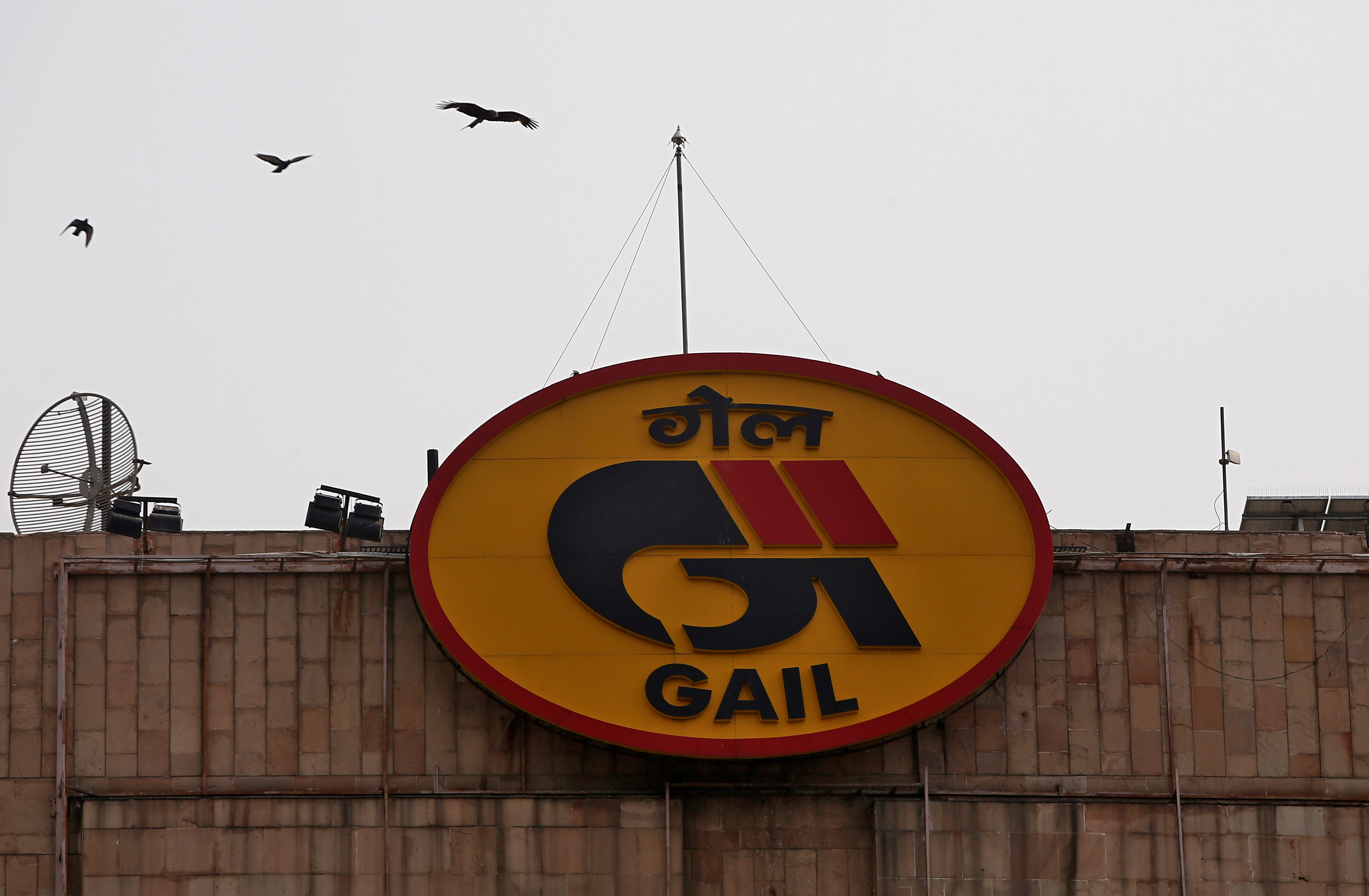NEW DELHI: The unstable world energy market, volatile prices, and uneven supplies may have repercussions on India’s energy security. The first hit is the GAIL LNG deal, followed by Russian demand for payment in UAE dirhams converted in dollar terms.
The GAIL’s troubles are traced to the German energy regulator taking over Gazprom Germania, which operates gas to storage and supplies to industries. The move followed Gazprom moving out of the subsidiary so that it could continue business without attracting sanctions. It has led to the default in delivery of five cargos as per a 20-year-deal agreed in 2012 for 2.5 million-tonne LNG a year.
This has become a problem for GAIL, which meets 50% of the nation’s LNG needs. It is scouting for alternative fuel. But it faces the problem of Russia stopping supplies to Gazprom Marketing & Trading that owned the future gas contracts for supplying to Gazprom Germania and other subsidiaries. It used to supply from Yamal LNG facility. After Russia’s stoppage of supplies, Gazprom GM&T initially managed supplies from its floating international portfolio. As prices rose to $40 a unit and supplies to Europe became lucrative it diverted supplies, leaving GAIL in the lurch.
In fact, the prices are so high that Gazprom Germania is said to have margins after paying damages under the take-or-pay clause. The GAIL has option to take legal recourse, but it is cumbersome, may take years and would not address the problems of the Indian consumers.
The GAIL has long-term liquefied natural gas (LNG) supply contracts from the US to Australia supplementing domestic gas supplies, though it may cost a bit more in the prevailing circumstances. Prior to the war, the US LNG used to cost one-third of the price of gas available in the spot or current market.
GAIL has a 5.8 million-tonne per annum LNG contract with US suppliers. These are all linked to the US gas market, where the current rate is $10 per million British thermal unit. In comparison, the spot price of LNG in Asia is between $37 and $ 40 per million British thermal unit.
GAIL and the Ministry of Petroleum are scouring the markets for ensuring supply. The Asian LNG prices are rising with intense demand from Japan, Korea and India. Trading activity in the Asia LNG market rose as traders and end-users dipped back into the spot market to secure cargoes amid increasing global supply uncertainty as the Gazprom reduction of gas flow into Europe spooked an already fractured market.
The world energy markets are seeing too many oddities. India’s domestic exports, though have seen curtailment, but of late, with Russian crude being supplied to the private refiners it is being exported again. The cap through an export tax clamped on 1 July for ensuring at least 50% of the private refiners’ production has been removed. The duty, imposed following fuel shortage in a number of states, has been waived on petrol, and cut by a third on diesel and brought down the windfall tax by 27%. The tax has been reduced from Rs 6 to Rs 4 on diesel and done away on petrol. The duty has been waived on refined products and shipped from SEZs. This will give a big boost to mainly two private refiners, Nyara and Reliance. A major benefit will be to the latter as its refining is based in an SEZ in Jamnagar. The duty reduction is also said to benefit ONGC and Oil India and Vedanta.
Of late, according to tenders by Indian Oil and Bharat Petroleum, diesel imports are expected to rise to their highest since February 2022 at over 48,000 barrels per day. India’s increased imports are telling on Asian fuel supply as planned petroleum supplies from China have been decreasing.
India is the world’s third-largest oil consumer at about 5 million barrels a day. It is growing at 3-4% a year and the demand is likely to go up to 7 million barrels a day in a decade. According to the Petroleum Planning and Analysis Cell (PPAC), India’s oil import dependence was 85% in 2019-20, marginally declined to 84.4% in 2020-21 and again has risen to 85.6% in 2021-22 and in April 2022, it rose to 86.6%. This year’s imports are to surge beyond the 212.2 million tonnes of crude last year.
The new exploration licences are a good move, but it may take a decade to start new production. The aim is to reduce imports to 50% by 2030, which is too ambitious. Apart from long gestation the capital requirement is extremely high. India despite odds remains dependent on Russian oil. India’s crude oil imports from Russia have jumped over 50 times since April and now make up for 10% of all crude bought from overseas. Russian oil made up for just 0.2% of all oil imported by India prior to the Ukraine war.
The country is facing some petrol and diesel shortages as fuel pumps have reportedly gone dry in several states, including Uttarakhand, Rajasthan, Andhra Pradesh, Madhya Pradesh, some parts of eastern and north-eastern states.
A neutral India has to trudge through a difficult phase to maintain supplies from Russia and the West as well as keep the domestic prices low.
Pricey Russia cuts LNG supply, wants dirhams, India scouts for new fuel sources
- Advertisement -

